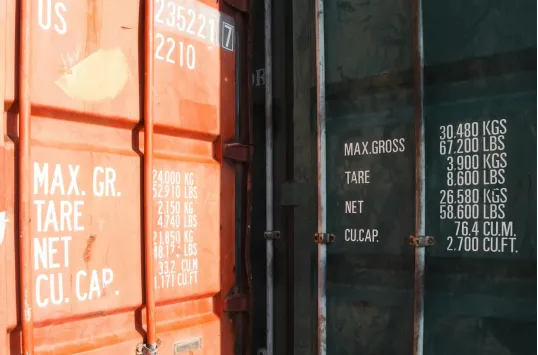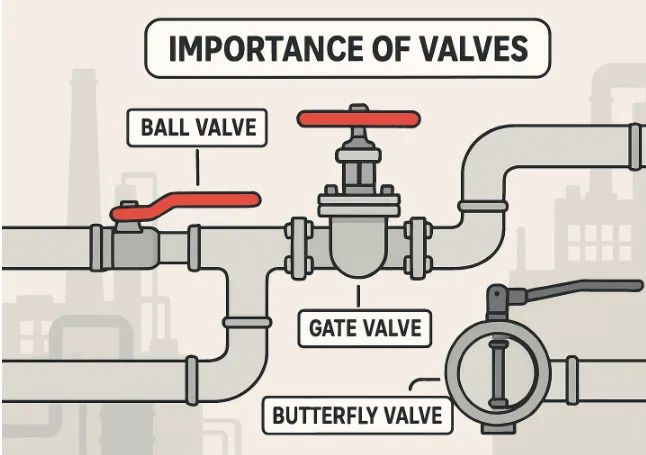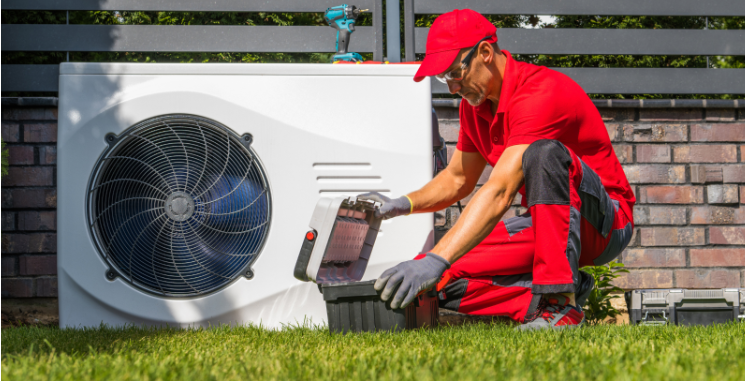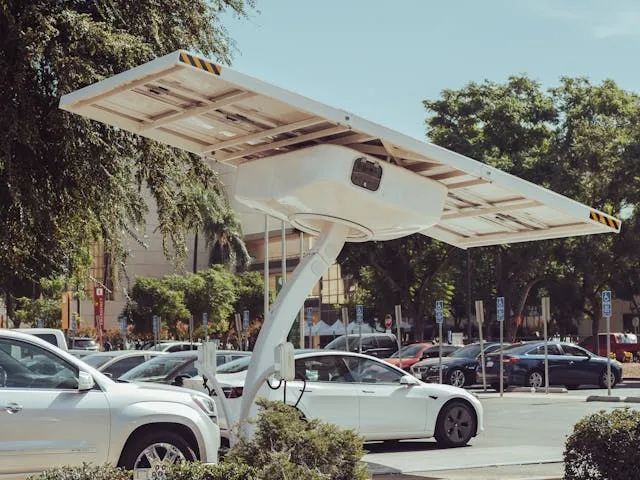Supply Chain Disruption: What Your Business Needs On-Site
Here’s the thing: smart companies are no longer betting on smooth logistics. They’re preparing for friction. And one of the simplest ways they’re doing it? By building physical flexibility into their sites—staging materials, protecting inventory, and using modular solutions that buy time when systems fail.
In this blog, we will share how on-site infrastructure can protect your business during supply chain disruptions, why fast-access storage matters more than ever, and how to make practical decisions that keep you agile and operational when the rest of the system falls apart.
Also Read: Accent Walls Done Right: 8 Ways Wall Art Can Steal the Show
When Off-Site Becomes Out-of-Reach
Over the last few years, supply chain delays have hit everything from toilet paper to microchips. But for business leaders, the real issue isn’t inconvenience. It’s control. The farther your assets are from your physical site, the less power you have when the unexpected strikes.
That’s why many businesses are rethinking what “on-site” should mean. It’s not just about office space or machinery. It’s about flexibility. When transport gets delayed or distribution slows to a crawl, having even a small amount of backup inventory or equipment on hand can be the difference between staying operational or shutting down.
This is where physical storage becomes critical. Whether it’s raw materials, emergency tools, or backup equipment, your ability to respond quickly depends on how close you’ve kept your resources.
For growing businesses, the best approach is scalable, modular storage that doesn’t lock you into long leases or permanent construction. That’s why so many companies now buy shipping containers as part of their contingency strategy. It gives them mobile, secure, and customizable storage that sits right on the lot—no waiting, no permissions, and no scrambling when something goes wrong.
You can store excess stock, temperature-sensitive materials, or even retrofit containers into field offices. More importantly, you control when and how they’re used. It’s an upfront investment that pays off when everything else slows down.
What Businesses Are Doing Right Now
Many manufacturers already know the pain of a stalled shipment. One missing part can idle an entire production line. So, they’re bringing key inventory closer. Instead of relying on just-in-time delivery, they’re building “just-in-case” systems—stockpiling parts on-site to buffer against delays.
Construction firms have also shifted their approach. Rising material costs and shipping delays have made scheduling less predictable. By staging materials in secure containers near the site, they reduce downtime caused by supplier issues or bad weather. It’s not just smart—it’s necessary.
Retailers are also adapting. With warehouse backlogs making restocking unpredictable, some businesses have turned to on-site storage for high-demand or seasonal items. That way, promotions don’t fall apart just because a truck didn’t show up.
Even healthcare providers are using mobile units to hold backup supplies, PPE, or emergency gear. These aren’t luxuries. They’re now considered baseline operational safeguards.
Rethinking On-Site Preparedness
When you think of your facility, what do you picture? For most, it’s the office, the floor, the parking lot. But in today’s climate, your site should include assets that keep the business functional even when everything else isn’t.
Here’s what that might involve:
Buffer inventory
Keep at least a week’s worth of critical parts or materials on-site. This gives you breathing room when shipments are delayed.
Modular storage
Use adaptable containers that can be moved, locked, and repurposed based on demand. They’re faster than permanent buildings and far more cost-effective.
Flexible layout planning
Design your space so you can expand or contract your footprint depending on crisis needs. Think of it like a physical insurance policy.
Team training
Make sure your staff knows what’s stored where, and when to deploy backup supplies. It’s not enough to have resources—you need to know how to use them.
Maintenance and monitoring
On-site assets must be maintained just like your tech systems. Regular checks keep them ready for when you really need them.
Preparedness isn’t a one-time fix. It’s a mindset. One that rewards consistency over panic, and planning over improvisation.
The Bigger Shift: From Fragile to Resilient
The real issue with modern supply chains is that they were built for efficiency, not resilience. We optimized everything for speed, cut costs wherever possible, and leaned on global vendors without thinking about what might happen if they all failed at once.
Now they have.
The lesson? Speed without stability is a liability. Businesses that once prided themselves on lean operations are now racing to add slack back into the system. But this isn’t about hoarding. It’s about control.
Having critical materials within arm’s reach doesn’t just protect your bottom line. It boosts customer confidence, keeps employees working, and gives leadership something rare in a crisis—options.
This mindset is now spreading across sectors. Agricultural firms are using containers to store pesticides. Small-scale manufacturers are converting mobile units into short-term assembly lines. Even educational institutions are using on-site containers as pop-up supply rooms during emergency renovations or safety retrofits.
And the beauty is, these assets don’t disappear when the crisis ends. They stay useful. They evolve with your needs. That’s what makes them such a strong investment.
Moving Forward With the Right Strategy
No one can predict the next big disruption. But you can be the business that’s ready when it arrives. That starts with rethinking your physical footprint—not just in square footage, but in function.
Ask yourself:
- What would you need access to if your vendors went silent for a week?
- Where would you store it?
- Who on your team would know how to access it and use it?
If those answers aren’t clear, you’re not alone. But you’re also not stuck. Solutions like on-site storage containers give you immediate tools to take control of your supply chain exposure. They’re secure, scalable, and ready whenever the system falters.
In the end, operational resilience doesn’t come from hoping for the best. It comes from planning for the worst—and doing it with tools that actually work. Because when the trucks stop showing up, the most valuable thing your business can have on-site is options.







